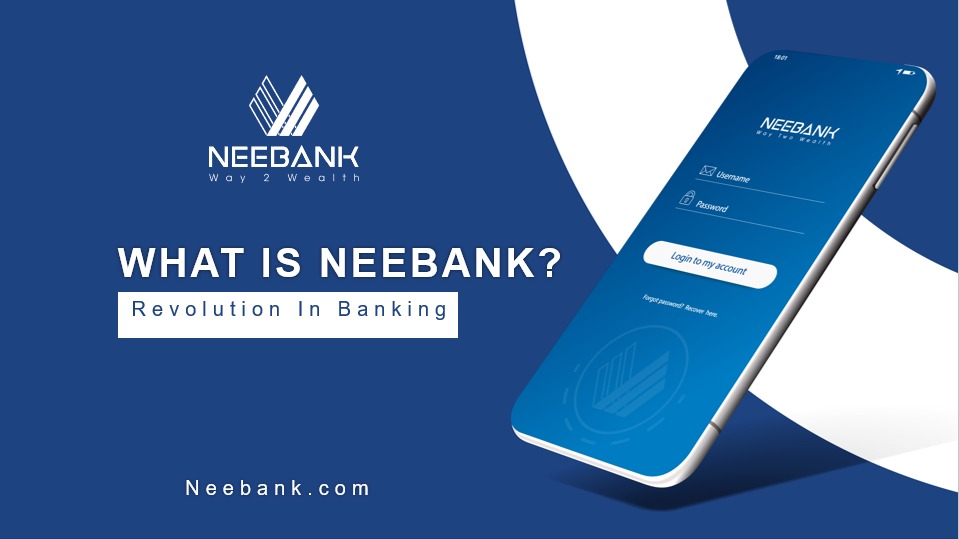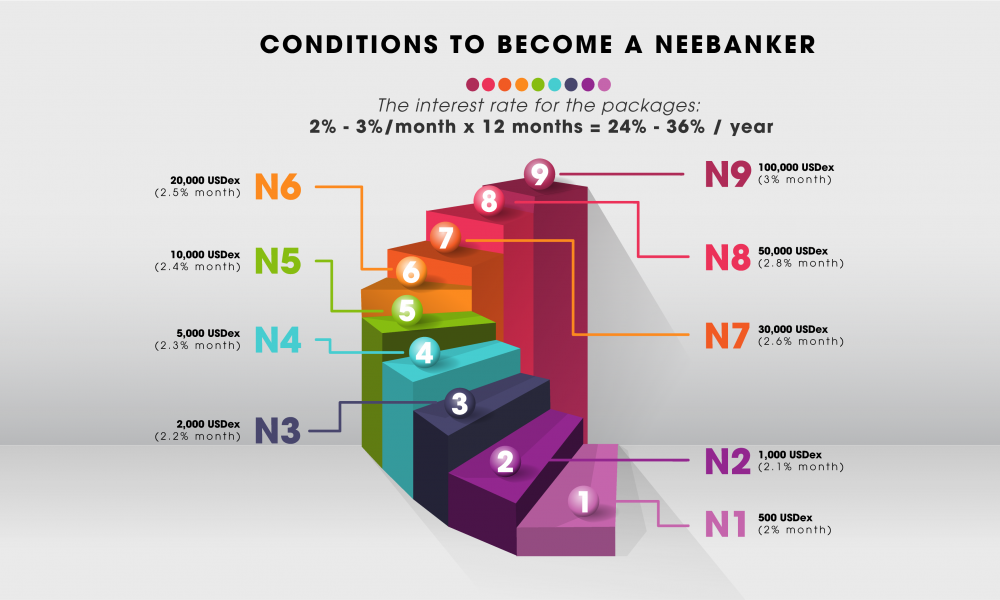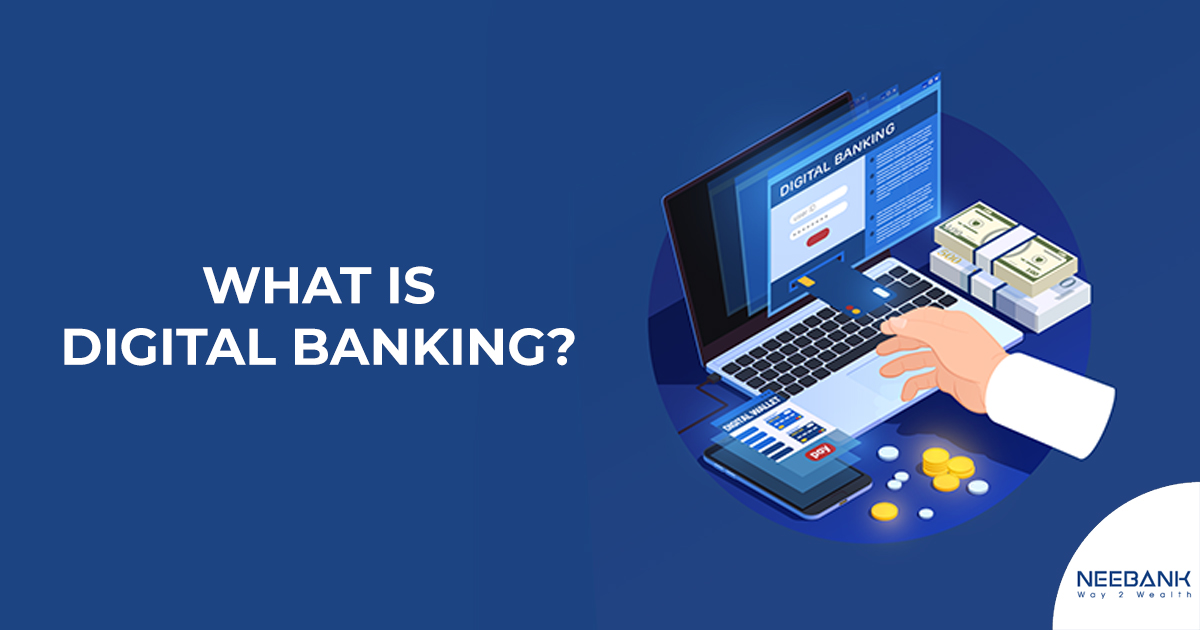
What’s Digital Banking?
Digital banking is the digitization (or moving online) of all the traditional banking activities and programs services that were historically were only available to customers when physically inside of a bank branch. This includes activities like
Money Deposits, Withdrawals, and Transfers
Checking/Saving Account Management
Applying for Financial Products
Loan Management
Bill Pay
Account Services
Consumer preferences quickly shifted to online and mobile devices, but many financial organizations struggle to adapt their banking experiences to online channels and to the smaller mobile device screens. Unfortunately, banks can no longer afford to wait to invest in digital transformation because customers are increasingly willing to switch banks for digital features such as bill pay, mobile payments and loan applications.
Today, more than 70% of consumers report banking online at least once per month, so banks invest in great online experiences.
That’s good news for consumers that over 50% of banks are making their evolution to digital banking their top priorities.
Table of contents
The Benefits of New Technologies
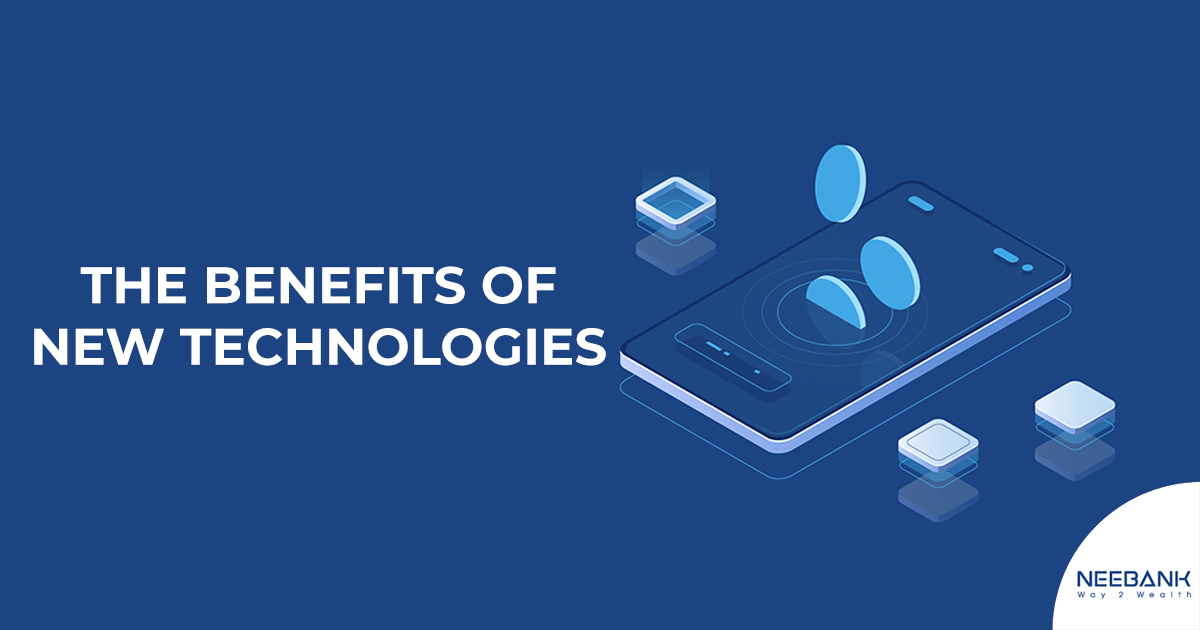
New technologies, such as Big Data, open APIs, Blockchain and cognitive banking are predicted to impact banking business models. However, legacy systems limit the ability of banks to react quickly to these developments. You need full digitization to explore the benefits of these technologies and future-proof your bank.
Customer expectations are evolving, the new regulation is put in place, and competition from tech giants is increasing. These changes force banks to look at the very core of their existence and to plot a way forward in an increasingly digital world. They need to reinvent themselves to survive. It’s as simple as ‘do or die’.
Increase Revenue
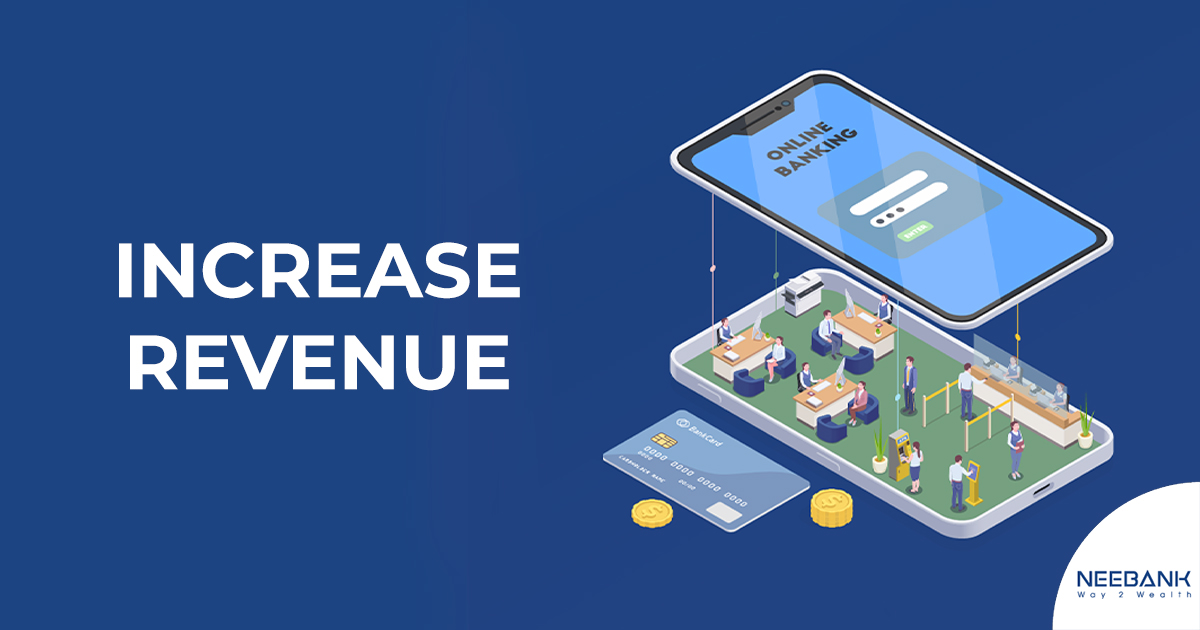
Established banks don’t have a 360-degree view of their customers. They lack intelligent systems to gather customer intelligence and help them become more customer-centric. Poor customer experience leads to a lower market share.
To attract and retain customers and stay ahead of the competition: Fintech and other newcomers have shaken up the banking landscape. As a result, the demand for improved customer experience and personalized services grows, and the products and services of established banks are more expensive. Digital banking enables you to improve customer experience and lower costs, which is needed to stay ahead of the pack.
Cost Reduction
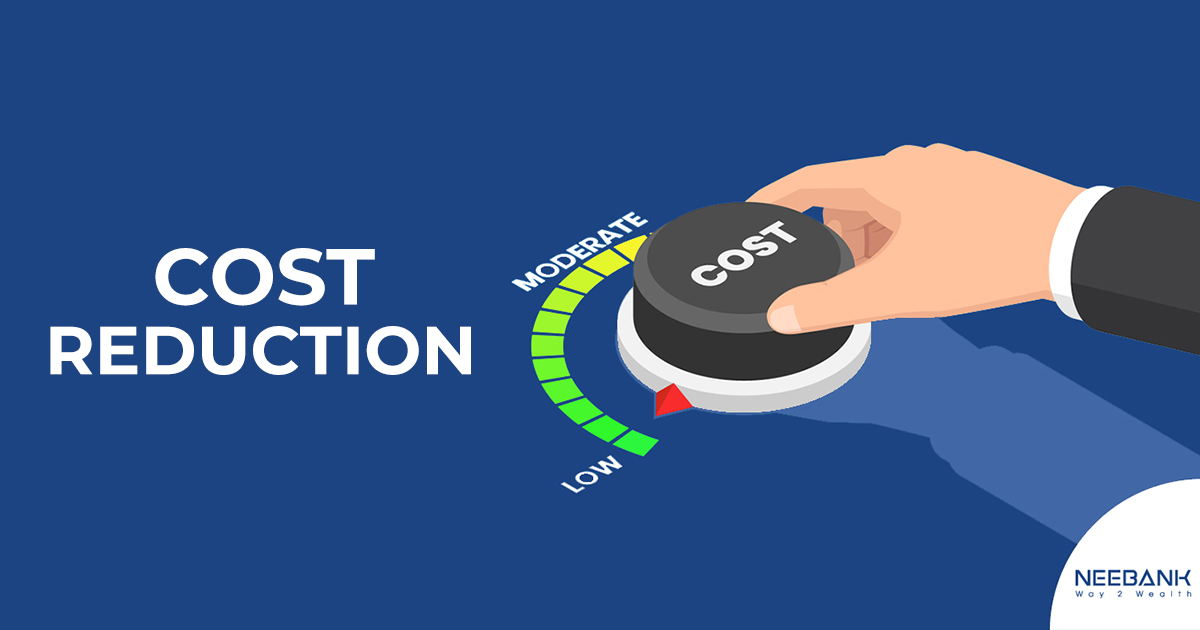
Banks are under pressure to reduce their costs to remain competitive. If you don’t make the switch to digital banking, you must, for example, continue to invest in expensive legacy hardware and software to keep these systems up to date.
 Why Should Businesses Accept Money 4.0 Now?
Why Should Businesses Accept Money 4.0 Now?

